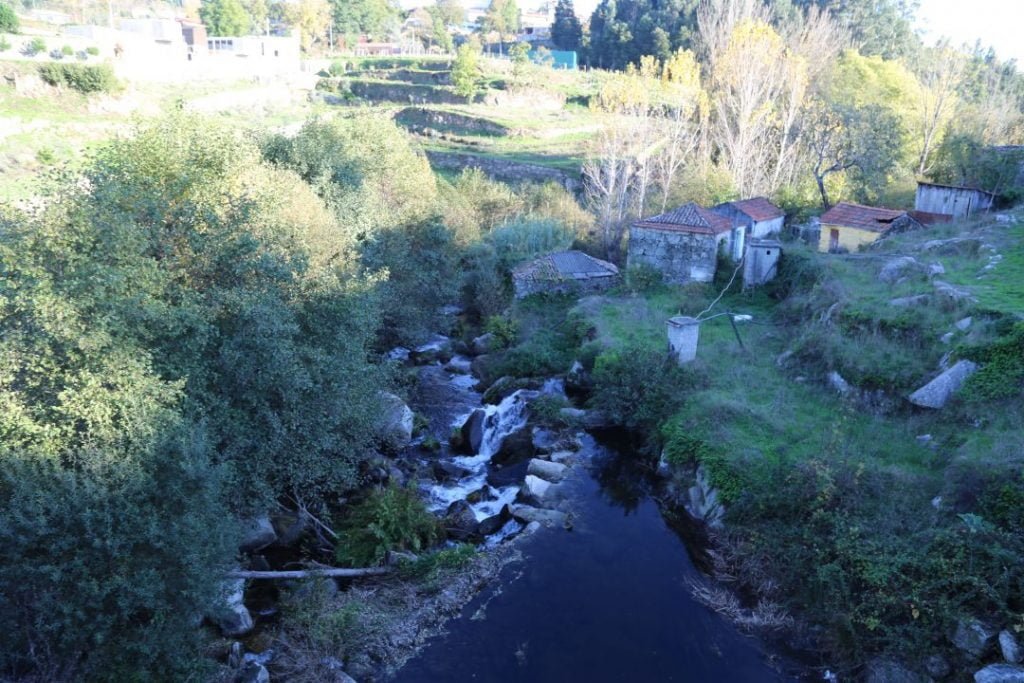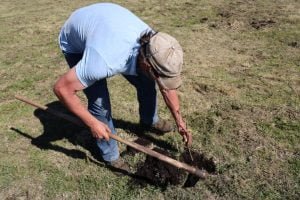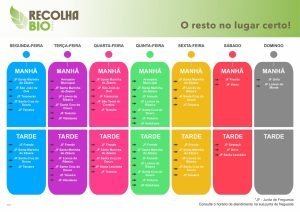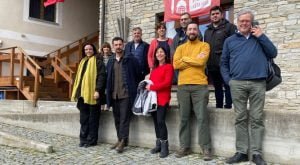The Mayor of Baião, Paulo Pereira, in the company of the Vice-President of the Portuguese Environment Agency (APA), Pimenta Machado visited the works of the first phase of upgrading the River Ovil, which have recently begun.
The President of the Union of Parishes of Ancede and Ribadouro, Daniel Guedes and the author of the project, Pedro Teiga, also participated in this visit.
This first stage of the route is two and a half kilometers long and will connect Ponte Nova, in Ancede, to the mouth of the River Ovil, in Ribadouro.
The Baião City Council has so far invested 75,000 euros to carry out a study on the environmental value of the Ovil River, which serves as a basis for assessing the conditions for enhancing these sites, as well as for carrying out the respective execution project. of the mouth (Ponte Nova – Porto Manso) and upstream (Outoreça – Várzea) sections.
The work is financed by the APA, in 159 thousand euros, under the Economic and Social Stabilization Program (PEES) and will be carried out using natural engineering techniques, which protect the environment.
The application for funding for the route between Outoreça (Ovil) and Várzea (Campelo) is in preparation.
The Baião City Council intends to create more routes of this type, namely on the Teixeira River, on the Douro River and in other parts of the county that meet the necessary conditions for their execution.
The objective of these projects is to create an “ecological corridor”, requalifying and structuring the environmental heritage, contributing to the awareness and environmental education of users.
EMPOWERING THE NATURAL HERITAGE
Paulo Pereira, said that “this project is part of a strategy defined for our municipality, “Baião – Vida Natural”, enhancing the best we have, as is the case of our environmental heritage.
This fact also led us to define a strategy, which allowed us to certify our territory as a sustainable tourist destination.”
The mayor also underlined that “in this case of the River Ovil, it is a question of creating an ecological corridor, which, above all, is a space for enjoyment so that people can enjoy these beautiful places. And, I emphasize that in this case we are only talking about the first phase of the Ovil River. We intend to make this connection between the source and the mouth and we want to create more routes like this, particularly on the Teixeira River and in other places that meet the necessary conditions.
I salute the Portuguese Environment Agency, in the person of its Vice-President, Pimenta Machado, who has been an enthusiast of these works since the beginning and who substantially finances this first phase.
We also wanted the collaboration of Pedro Teiga, a specialist in these issues, which is a guarantee of quality”.
The Vice-President of the Portuguese Environment Agency (APA), Pimenta Machado, praised the beauty of the place and showed commitment to collaborating with the municipality of Baião in this and other environmental enhancement projects, since “this intervention in the Ovil River is to be financed by APA, within the scope of the Economic and Social Stabilization Program (PEES), designed by the Government to face the pandemic crisis. This was a long-time wish on the part of the Municipality of Baião and, as we finance this phase, we will seek to respond to the request of the Mayor and finance other interventions of the kind that are planned. And, as I said to President Paulo Pereira, now is an excellent time to launch projects linked to the hydrographic network, since we have at our disposal a series of financial instruments at European level for carrying out investments in the environmental area”.
Pedro Teiga, author of the project, explained it in general terms, mentioning that “the focus of the project is the enhancement of the ecological corridor of the Ovil River, through the elimination of invasive species, namely the mimosa. Material will also be removed from the bed to create a greater fluidity of the water, to avoid floods and, consequently, improve the social component, that is, the involvement with the community. These interventions will also allow for the promotion of the habitat of species of fauna, such as the water lizard or the gray wagtail. In short, we want to create a public route that people can easily access and where they can enjoy nature.”
Daniel Guedes, President of the Union of Parishes of Ancede and Ribadouro, expressed his pride and said that “this intervention is very important for the dynamism of our Union of Parishes and our municipality and will, of course, serve our population, but also people who come from outside, because as I say, those who visit us always end up recommending a visit to Baião to their acquaintances and, in that sense, they help a lot to promote our territory. I’ve already had the opportunity to walk the path between Ponte Nova and the mouth of the River Ovil and it’s actually a beautiful place. Basically, this route complements the offer that already exists in terms of this type of itineraries, namely the pedestrian route of Pala and the route adjacent to the Leisure Area of Ancede.”

INTERVENTIONS TO BE MADE
In line with the sustainable development strategy, the rehabilitation and enhancement of the banks and riverbed will be carried out, using natural engineering techniques.
These engineering techniques make it possible to enhance watercourses and stabilize slopes using living material, combined with inert structures such as wood or stone.
This intervention foresees the accomplishment of works of consolidation of the margins, cutting and cleaning of the vegetation, containment of exotic and invasive vegetation and removal of debris.
Existing roads will also be improved, through the application of resistant pavements, and the installation of wooden urban furniture and the construction of ditches for the routing of water in places where there is a need.
BAIÃO – SUSTAINABLE TOURISM DESTINATION
This project is part of a commitment to environmental enhancement of Baião carried out by the Municipality and is part of the strategy of certification of Baião as a Sustainable Tourist Destination, certification recognized and validated by the international organization Global Sustainable Tourism Council (GSTC).
Baião is the “greenest” municipality in the district of Porto with 68 percent of its territory covered by green areas and forest.
The certification process as a sustainable tourist destination began in 2018 and is the result of intense work to collect and analyze information for more than three years, culminating in an audit carried out by the international entity EarthCheck, a leading Non-Governmental Organization in the area.








